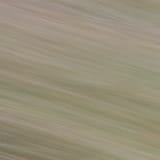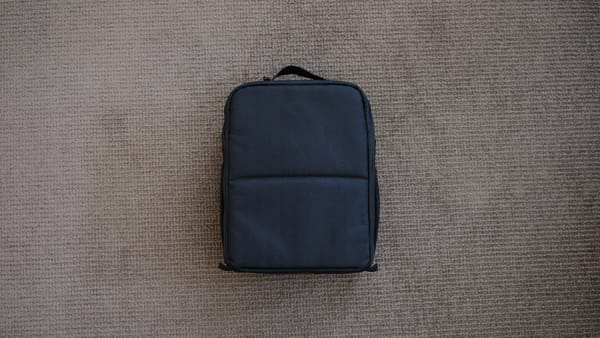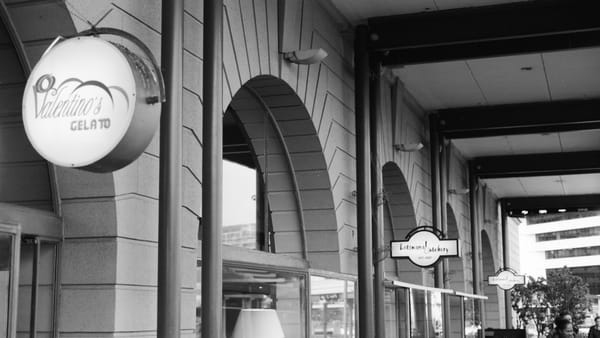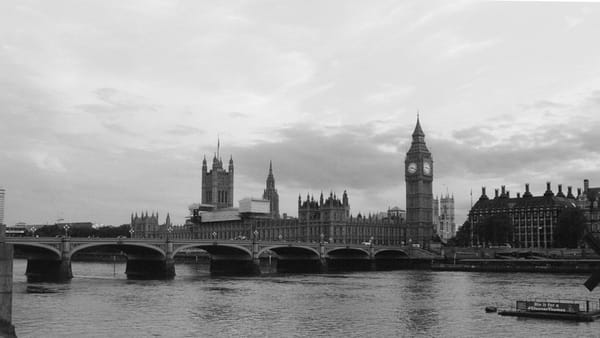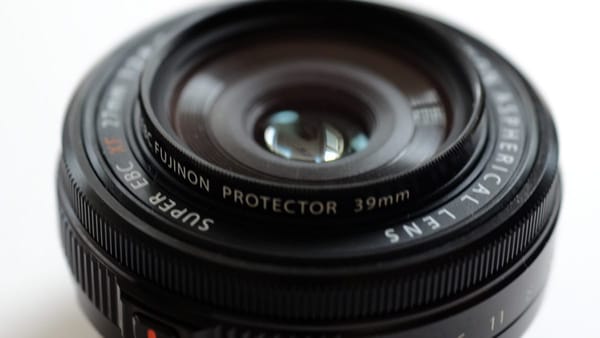Film vs Digital Photography
My thoughts on the film vs digital debate and how I use both in my photography.

Film vs digital debate is one debate that has been endless since the 2000s. I’ll admit that from the start but I'll still, shamelessly, offer my take. I first started reading about this in blogs in the early 2010s, I'm sure it was going on before this too. The ‘analog resurgence’ was kinda starting, while it hadn’t fully kicked off yet from memory the start was there. Some new USA based labs started up around that time, some still going today, I can remember sending a few orders to Indie Film Lab in the States sometime around 2014-15 to try them out. I’d say by the mid 2010s the analog renaissance was in full swing.
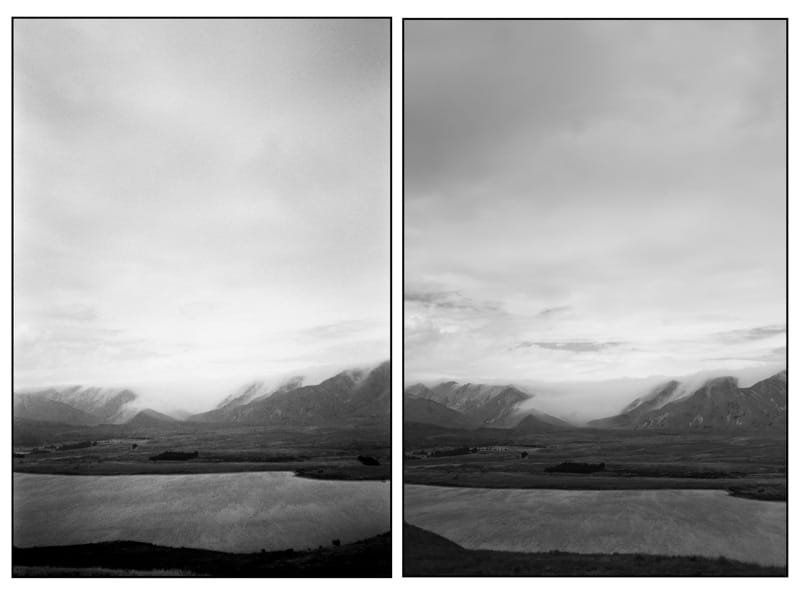
Film, digital, or both?
I’ll say that I don’t know anyone who exclusively uses film anymore. So why do people who use digital cameras most of the time still use film for certain projects or personal use? For some people it’s about the process, for some it’s about the results. As far as results go in 2025, when such a variety of digital cameras exist, it's kinda like listening to Vinyl. There are music lovers who swear by the quality of the sound and there are photographers who swear the results are just different in the work they produce on film.
Others love digital for the ability to shoot in RAW and manipulate their image in with greater flexibility in post. The ability to precisely set the white balance you want in post and adjust all number of elements is a great option to have. If you are the person scanning your own negatives then you can have quite a lot of controls when you are shooting film also, but not quite to the same level, and a good amount of people will send their film to a lab to process and scan these days.
There are some people who love this level of control in post and others that hate sitting in front of a computer screen. Your love of your computer desk/screen will probably determine which camp you fall into.
What I use & why
First off, I’ll say I use both digital and film. I still love it but the increase in film prices since the mid 2010s means I can’t shoot as much of it anymore. There have also been great improvements in digital cameras since this time. Think of the Fuji system which provides great image quality and somewhat replicates the experience of using a film camera with all the dials and knobs.
The results from digital cameras has come on quite a bit since the early 2010s. That was I time when affordable mid-range DSLRs where quite good I guess but could not produce the aesthetic that people who liked the photography styles of earlier periods wanted.
The Fuji system was probably a turning point for me. It was a camera system that explicitly aimed to replicate the film shooting experience, and even the results with its film simulations baked in to the jpegs.
I’m a fan of a lot of the mirrorless options available today, from the Fuji’s to the Ricoh cameras. I recently took both a digital and film camera on a hike in the central South Island in New Zealand. I loved the digital jpegs out of my Fuji camera, a few weeks later I processed the film and I remembered why I still shoot it occasionally, despite the cost and inconvenience.
Cost
The biggest thing to justify in the film vs digital debate is the cost. In 2015 when it cost $30-35 for a pro pack of Portra 160 I used it a lot more. Black and white film is what I mainly shot and can be found online at some places for a decent price sometimes. In NZ the Kodak prices are insane. I used to shoot a lot of Portraits on 160 and Tri-x. I’ve now switched to Ilford fp4 primarily and XP2 when I want the convenience of using a local lab to process my film. I hadn’t used these films much before being forced to due to price but really like the results I’ve gotten from both of them and will stick with fp4, hp5, and xp2 for my black and white film photography.
Are the results different?
Are the results really that different? Sometimes yes, sometimes no is my answer. I recently tested out my Nikon F3 after I fixed an issue with it. These shots are made with Kodak Gold and I don’t think a digital camera can replicate the colors in these shots, at least I haven’t seen a digital camera produce these colors. Maybe one does but I just haven't seen it.
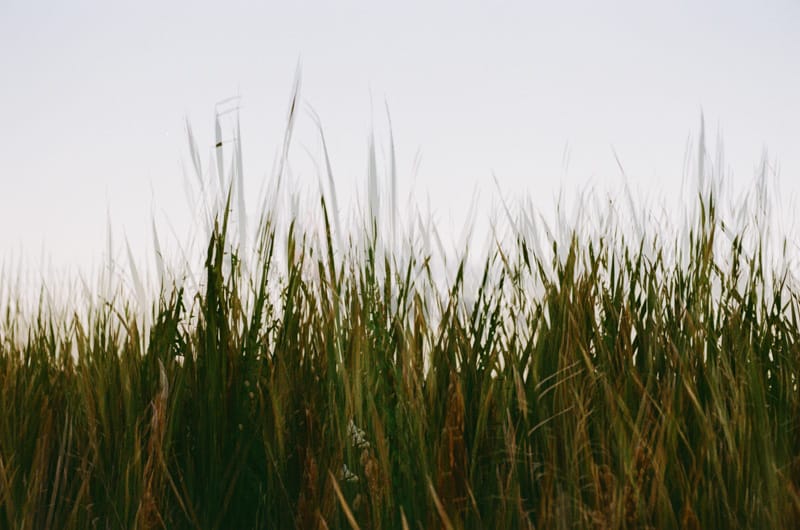
On the other hand, I took pictures from the top of Mt John with my Fuji XT1 and my Minolta Riva 100AF with Ilford fp4. If this was taken on a higher end film camera with more manual control it might be more obvious which is the film image but still, I find it interesting how well these images fit together. (See side by side images. Left is film, right is digital).
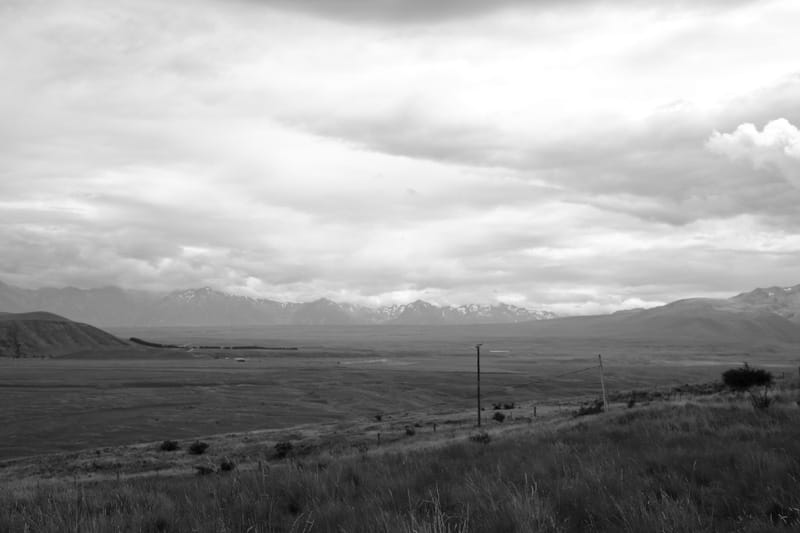
Final thoughts
My final thoughts? It’s fun to use either, or both. Do you prefer to manipulate your image in camera, or do you prefer to manipulate your images in post. With film you can do a lot more in camera by under or overexposing the frame for a certain look. Pushing your black and white film (Underexposing & overdeveloping) to increase grain and contrast in camera. With digital you can shoot RAW and have a lot of freedom in post to process your image the way you like it. It’s up to you.
| Film | Digital |
|---|---|
| User experience is simple & distraction free | More features & convenience on modern cameras |
| Professional colors baked into pictures | More flexibility in post when Shooting RAW |
| Color film stock becoming more expensive | Digital cameras more expensive |
